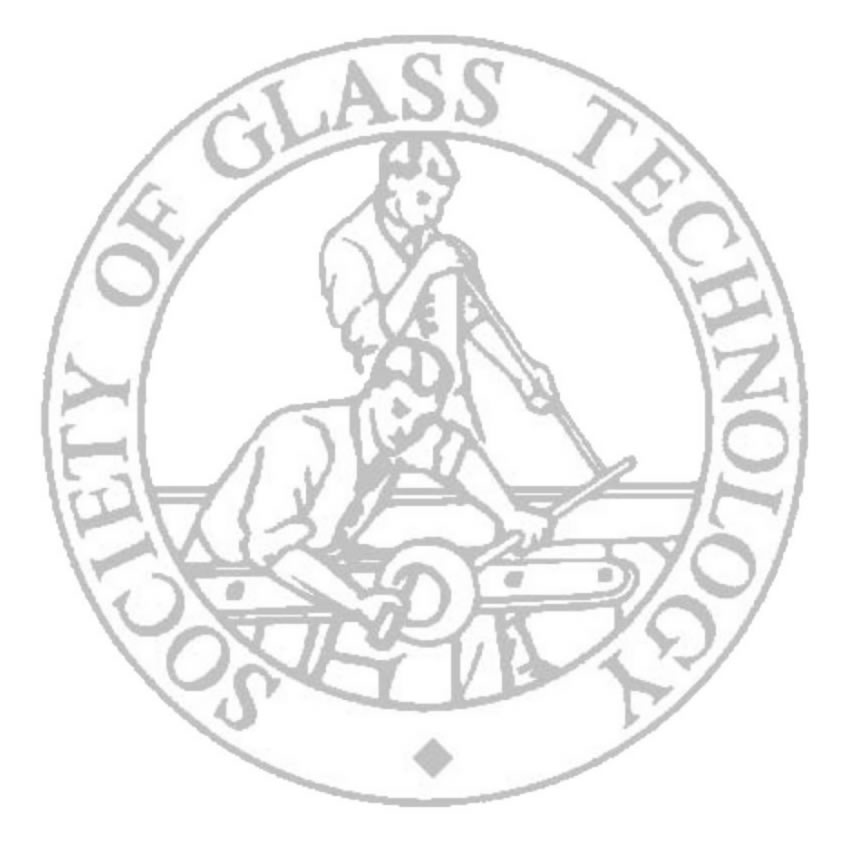
Cambridge 2008
|
Short Range Disorder in Glasses and Crystals
Alex C. Hannon, STFC Rutherford Appleton Laboratory
Diffraction, of either X-rays or neutrons, is one of the most important structural probes of materials. The pair distribution function (PDF) method for analysing total scattering diffraction data was originally developed almost entirely for structural studies of glasses and liquids. However, the PDF is now increasingly being used for studies of crystal structures, and especially for crystals which are disordered. The PDF is of greatest advantage if it is evaluated from diffraction data which extend to high momentum transfer, Q, greater than ~20 Å-1, such as is obtained by the use of pulsed neutrons. For many materials, there is a striking similarity between the high Q regions of the diffraction patterns of crystals and glasses. This effect is illustrated using experimental data for the different polymorphs of GeO2 (quartz, rutile and glass),1 and is shown to arise from the effect of correlated atomic motion. Conventional crystallography treats atomic motions as uncorrelated, and hence is unable to account for the form of the powder diffraction pattern at high Q, whereas the PDF approach can easily yield a model of this region of the diffraction pattern.
Back to Glass Science Programme
| SGT Home page |